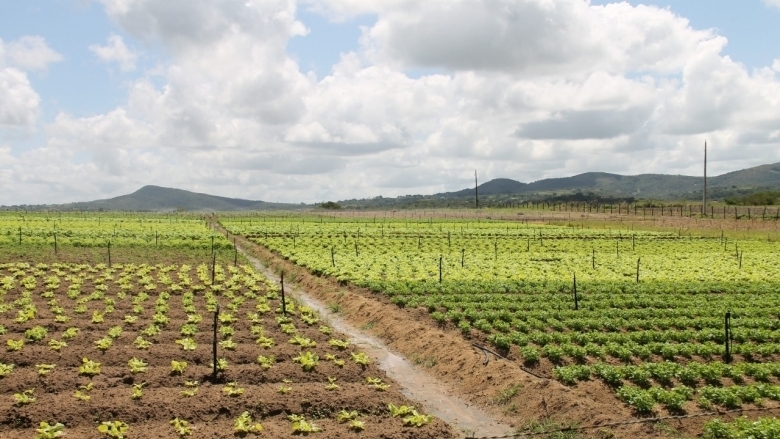Challenge
Brazil faces crucial water resource challenges related to scarcity, pollution in urban conurbations without adequate wastewater collection and treatment services, and recurrent droughts and floods. The State of Sergipe is emblematic of these water challenges, as it struggles to confront its water problems in the context of rising urbanization, informality, water demand, and water pollution. Water scarcity combined with pollution and use conflicts were limiting factors for agriculture irrigation. In 2012, water available on Sergipe’s river basin, the most important water source in the state, required more efficient and sustainable management. Improvements were also needed in water irrigation methods and in water quality, which was greatly affected by raw wastewater discharged directly into the water body and uncollected solid waste carried to the river during floods. In addition to environmental needs, the State of Sergipe still faces difficulties providing its population with adequate access to water and sanitation services. In 2012, only 32 % of the state’s population had access to sanitation services, and 13 % of the population in both urban and rural areas did not have access to water supply services.
Approach
The Sergipe Water Project addressed the targeted challenges using an integrated urban water management approach to promote efficient, sustainable use of water in Sergipe River Basin (SRB), by investing in infrastructure, institutional strengthening, and service improvements. Investments by the Sergipe Water Supply and Sanitation Company (DESO) to increase sanitation and water supply access in the Metropolitan Region of Aracajú, Itabaiana, and Nossa Senhora das Dores and the drainage system implemented in Itabaiana aimed at improving the population’s quality of life as well as reducing pollution loads in and improving the water quality of the SRB. The project included activities to improve technical, institutional, and environmental sustainability of the irrigated perimeters of Jacarecica I and Poção da Ribeira. It also improved irrigation methods and soil use practices in these sub-basins to increase the efficiency and sustainability of water use for irrigation practices by using less water and less energy, balancing flows to serve irrigation and urban supply.
